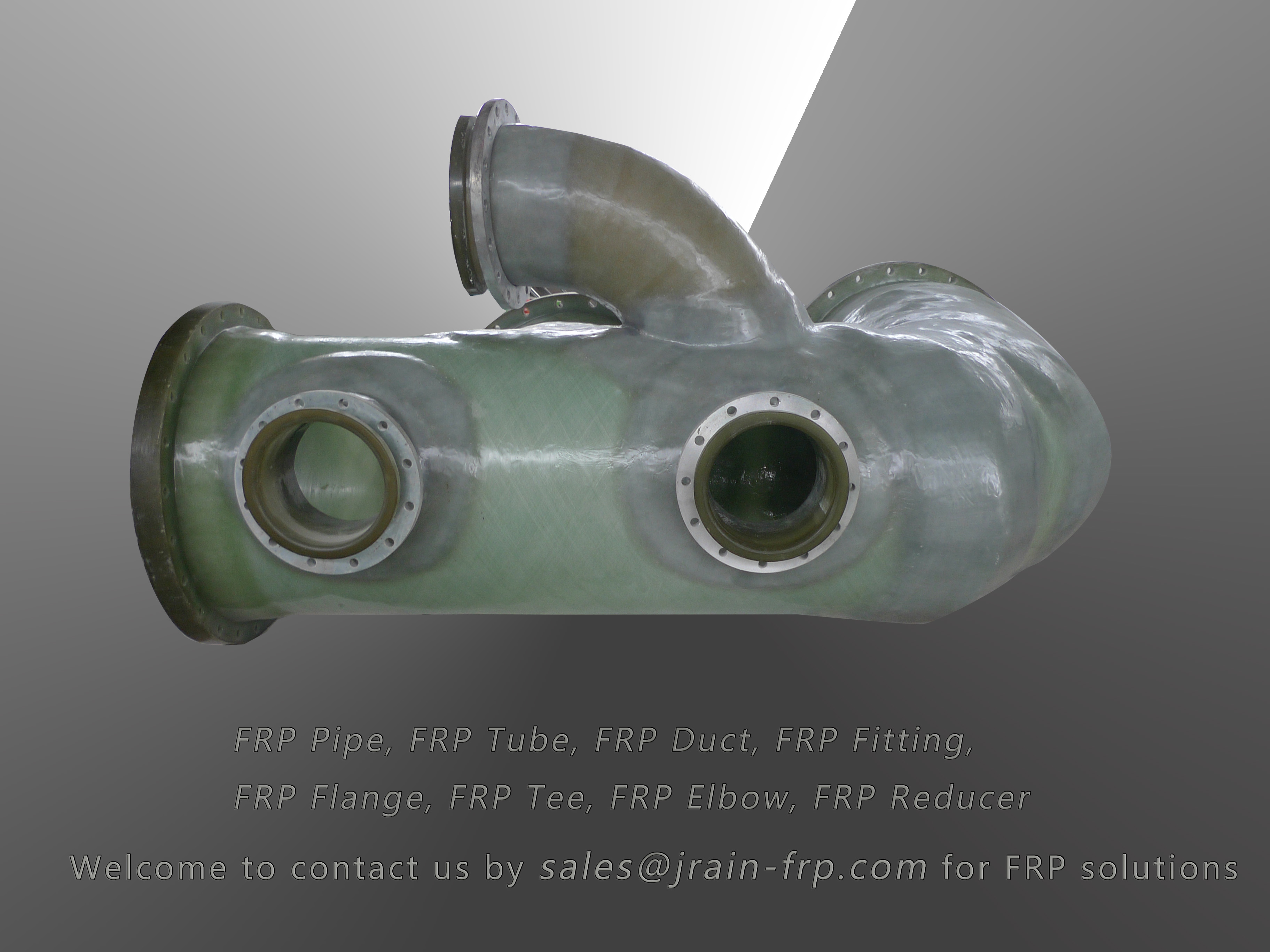
-
 Afrikaans
Afrikaans -
 Albanian
Albanian -
 Amharic
Amharic -
 Arabic
Arabic -
 Armenian
Armenian -
 Azerbaijani
Azerbaijani -
 Basque
Basque -
 Belarusian
Belarusian -
 Bengali
Bengali -
 Bosnian
Bosnian -
 Bulgarian
Bulgarian -
 Catalan
Catalan -
 Cebuano
Cebuano -
 China
China -
 China (Taiwan)
China (Taiwan) -
 Corsican
Corsican -
 Croatian
Croatian -
 Czech
Czech -
 Danish
Danish -
 Dutch
Dutch -
 English
English -
 Esperanto
Esperanto -
 Estonian
Estonian -
 Finnish
Finnish -
 French
French -
 Frisian
Frisian -
 Galician
Galician -
 Georgian
Georgian -
 German
German -
 Greek
Greek -
 Gujarati
Gujarati -
 Haitian Creole
Haitian Creole -
 hausa
hausa -
 hawaiian
hawaiian -
 Hebrew
Hebrew -
 Hindi
Hindi -
 Miao
Miao -
 Hungarian
Hungarian -
 Icelandic
Icelandic -
 igbo
igbo -
 Indonesian
Indonesian -
 irish
irish -
 Italian
Italian -
 Japanese
Japanese -
 Javanese
Javanese -
 Kannada
Kannada -
 kazakh
kazakh -
 Khmer
Khmer -
 Rwandese
Rwandese -
 Korean
Korean -
 Kurdish
Kurdish -
 Kyrgyz
Kyrgyz -
 Lao
Lao -
 Latin
Latin -
 Latvian
Latvian -
 Lithuanian
Lithuanian -
 Luxembourgish
Luxembourgish -
 Macedonian
Macedonian -
 Malgashi
Malgashi -
 Malay
Malay -
 Malayalam
Malayalam -
 Maltese
Maltese -
 Maori
Maori -
 Marathi
Marathi -
 Mongolian
Mongolian -
 Myanmar
Myanmar -
 Nepali
Nepali -
 Norwegian
Norwegian -
 Norwegian
Norwegian -
 Occitan
Occitan -
 Pashto
Pashto -
 Persian
Persian -
 Polish
Polish -
 Portuguese
Portuguese -
 Punjabi
Punjabi -
 Romanian
Romanian -
 Russian
Russian -
 Samoan
Samoan -
 Scottish Gaelic
Scottish Gaelic -
 Serbian
Serbian -
 Sesotho
Sesotho -
 Shona
Shona -
 Sindhi
Sindhi -
 Sinhala
Sinhala -
 Slovak
Slovak -
 Slovenian
Slovenian -
 Somali
Somali -
 Spanish
Spanish -
 Sundanese
Sundanese -
 Swahili
Swahili -
 Swedish
Swedish -
 Tagalog
Tagalog -
 Tajik
Tajik -
 Tamil
Tamil -
 Tatar
Tatar -
 Telugu
Telugu -
 Thai
Thai -
 Turkish
Turkish -
 Turkmen
Turkmen -
 Ukrainian
Ukrainian -
 Urdu
Urdu -
 Uighur
Uighur -
 Uzbek
Uzbek -
 Vietnamese
Vietnamese -
 Welsh
Welsh -
 Bantu
Bantu -
 Yiddish
Yiddish -
 Yoruba
Yoruba -
 Zulu
Zulu
the importance of frp launder in modern water treatment
The Importance of FRP Launder in Modern Water Treatment
In the realm of water treatment, the effectiveness of various systems and materials is crucial for ensuring clean and drinkable water for communities and industries alike. Among the many innovations in this field, Fiber Reinforced Plastic (FRP) launder systems have emerged as a key component in modern water treatment facilities. This article explores the importance of FRP launders and their significant role in enhancing the efficiency and sustainability of water treatment processes.
Understanding FRP Launders
FRP is a composite material made of a polymer matrix reinforced with fibers, which provides remarkable strength-to-weight ratios and excellent resistance to corrosion. These characteristics make FRP an ideal choice for applications in water treatment, where traditional materials such as concrete and metal may fail due to chemical exposure or environmental conditions. A launder is a channel or trough used to transport treated water, often installed in various stages of water treatment processes, such as sedimentation and filtration.
Enhanced Durability and Longevity
One of the most significant advantages of using FRP launders is their exceptional durability. Unlike conventional materials, FRP does not corrode or degrade when exposed to harsh chemicals and varying pH levels commonly found in water treatment environments. This makes FRP launders a cost-effective solution over time, as they require less maintenance and replacement compared to traditional materials. Their longevity ensures that water treatment facilities can operate smoothly without the interruptions caused by equipment failure or extensive repairs.
Lightweight and Easy Installation
FRP materials are considerably lighter than their metal or concrete counterparts, allowing for easier handling and installation. This feature not only reduces labor costs but also minimizes the structural support needed for the installation of the launder system. In many cases, this leads to lower overall construction and operational expenses for water treatment plants. The lightweight nature of FRP also means that the chance of structural failures and associated risks is considerably reduced, enhancing the safety and reliability of the entire water treatment operation.
the importance of frp launder in modern water treatment

Resistance to Contamination
Water quality is paramount in treatment processes, and the potential for contamination is a constant concern for facility operators. FRP launders offer an added layer of protection due to their non-porous and smooth surface, which inhibits the accumulation of biofilms and other contaminants. Unlike traditional materials, which can harbor bacteria and particles, FRP launders can be easily cleaned and maintained to ensure that the water remains uncontaminated throughout the treatment process.
Design Flexibility
Another vital aspect of FRP launders is their design flexibility. They can be custom-designed to fit the specific needs of various water treatment processes, optimizing flow rates and minimizing turbulence. This can lead to improved efficiency in sedimentation and filtration processes. Additionally, the adaptability of FRP technology allows for innovations in design that can further enhance the performance of water treatment systems, meeting the evolving challenges of water quality management.
Sustainability and Environmental Impact
As the world increasingly focuses on sustainability, the adoption of environmentally friendly materials in water treatment systems has become essential. FRP is not only recyclable but also produced with lower environmental impacts compared to traditional materials. Their use in water treatment processes contributes to a more sustainable approach, ensuring that water facilities can meet regulatory requirements while also promoting environmental stewardship.
Conclusion
Fiber Reinforced Plastic launders are indispensable components of modern water treatment systems, showcasing numerous advantages that enhance the efficacy, durability, and sustainability of water treatment processes. As communities continue to face growing challenges related to water quality and availability, the importance of adopting advanced materials like FRP cannot be overstated. Ultimately, investing in FRP launder technology represents a significant step toward a more efficient and responsible approach to water treatment, ensuring cleaner and safer water for future generations.









